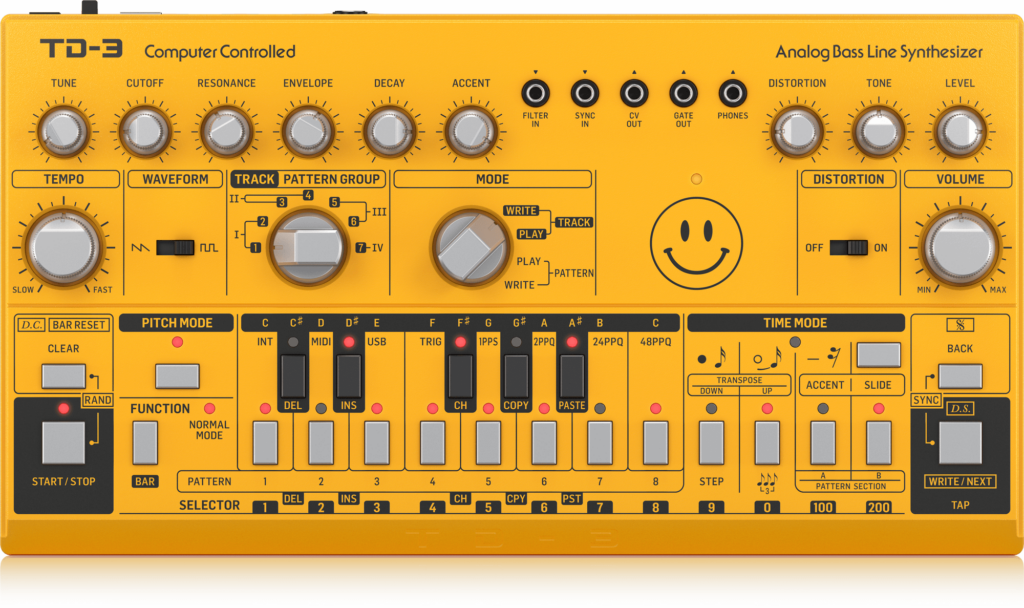Acid 303
Patterns
Acid 303
Patterns
The key to creating effective acid modes is using the capabilities of modern analogues like the TB-303 or Behringer TD-3 to create dynamic and expressive basslines. This can be achieved through focus control, shutter function, and low-pass filter ringing.
To create an acid pattern, first select a basic bass line using the oscillator and filter controls. Once you have a basic sound, you can use the Accent controls to emphasize specific notes or create more complex rhythms.
When creating acid patterns, it’s important to remember that the TB-303 and its modern counterparts are monophonic synthesizers. That means he can only play one note at a time.
This means you have to create multiple patterns and stack them to create a complete path. In summary, acid style is an integral part of acid house music, characterized by the use of the signature sounds of modern analogues like the TB-303 or Behringer TD-3.
Accent control, cover function, and low-pass filter resonance allow producers to create dynamic and expressive bass lines that are melodic and rhythmic.
With practice and experimentation, anyone can create effective acid patterns and put their own twist on this classic his sound.
Then try using the portamento feature to create transition effects between notes. This creates a smoother, livelier bassline that’s perfect for acid house beats.
Finally, you can experiment with the reverb lowpass filter to add a unique touch to your sound. By increasing the resonance, you can create a clearer, quieter sound perfect for the unique sound of Acid mode.



